[Hover on a thumbnail to see the caption; Click on a thumbnail for a larger picture]
Photos from TwinLakesRd on 2004jul16:
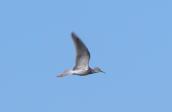
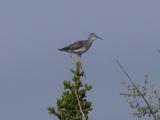

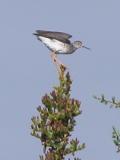
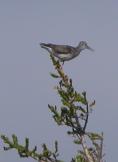
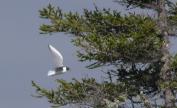
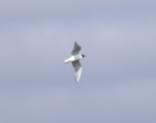
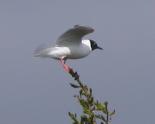

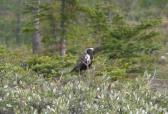


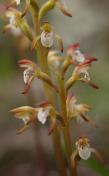
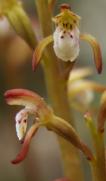
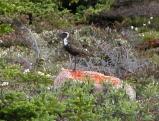
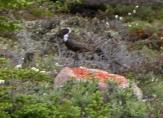
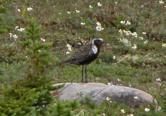
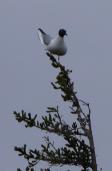
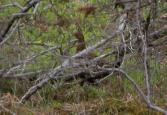




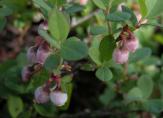
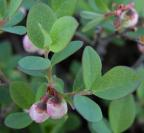

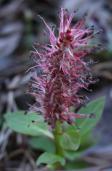
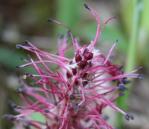
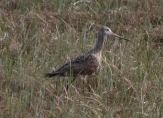
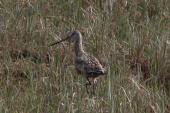
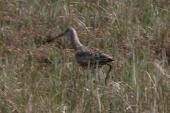
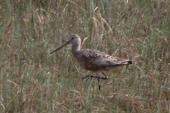
Photos from hike near EastTwinLake on 2004jul16:
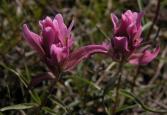
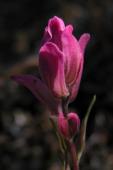
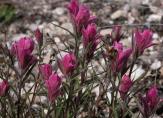

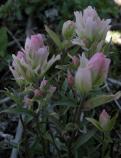
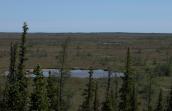
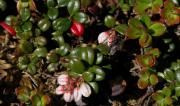
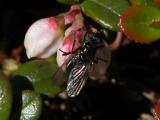
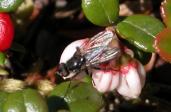
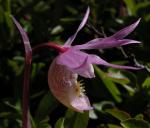
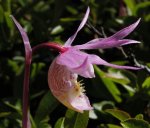

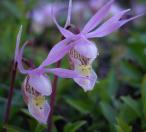
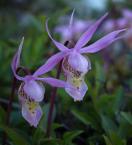

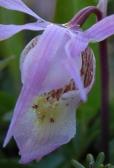


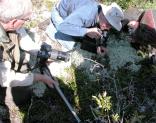
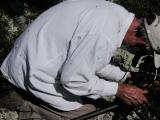
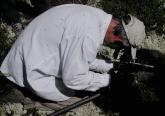
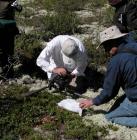

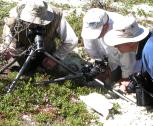
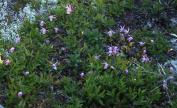
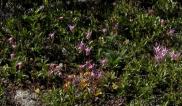
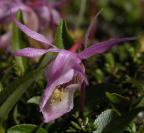
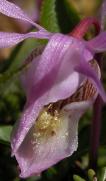
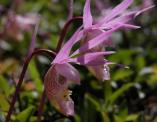
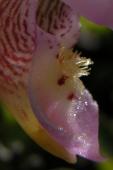
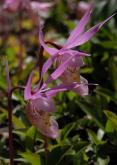
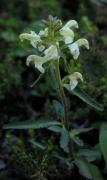
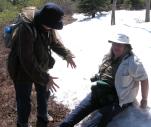
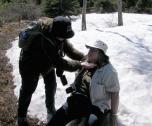
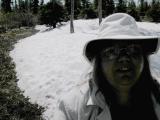
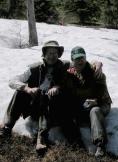
Photos from TwinLakesRd on 2004jul16:
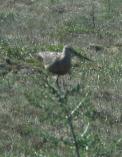



Photos from TwinLakesRd (afternoon) on 2004jul16:
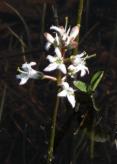
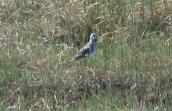
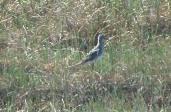

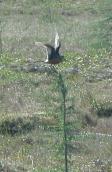
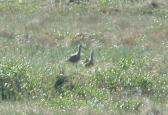
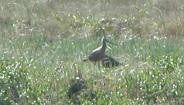
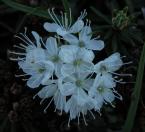
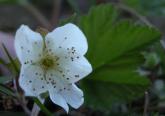

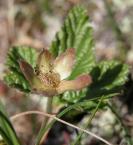
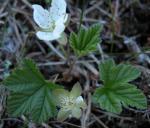
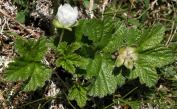
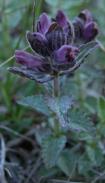
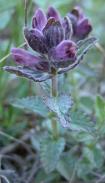
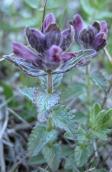

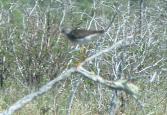
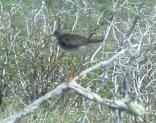
Photos from WestTwinLake on 2004jul16:
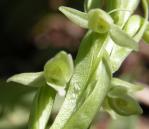
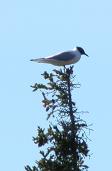



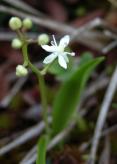
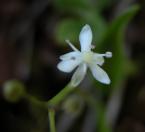
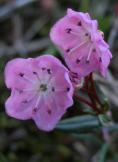
Photos from CNSC on 2004jul16:

Photos from the Wales & Whales Tour (FortPrinceOfWales+BelugaWhales) on 2004jul16:
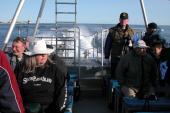


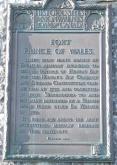


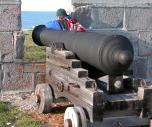
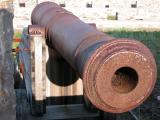
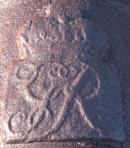
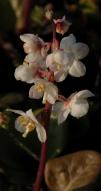
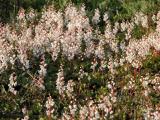
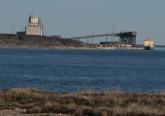
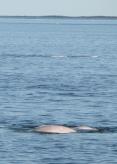







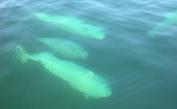
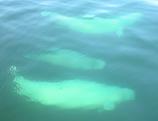

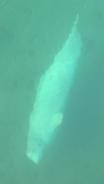
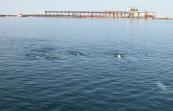
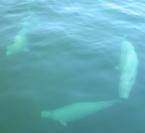
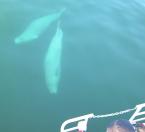
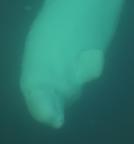

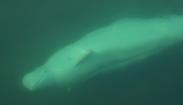




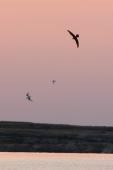


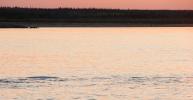
Note: The inscriptions seen on cannons (not Rich's camera) represent: (1) Queen Anne (1665-1714) the last of the Stuart monarchy;
(2) other cannons were for George I, her successor. [Research by Doris]
Photos from BirdCove? on 2004jul16:

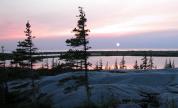


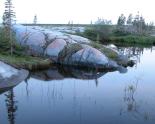
Note to myself: at the beginning of this Churchill trip, I switched my camera's exposure-metering mode to "spot-AF-area" - hoping to get better results in unusual lighting situations such as a bird with a bright sky background. Previously I have used "overall average or matrix" (briefly), and "centre-weighted average" (mostly); both of which needed much fiddling with exposure-compensation for situations like bright-sky as background. This new mode worked well on some shots - but produced surprising (and bad) results on most of those "snowbank" background pictures. (Hopefully i will remember more about what i focus-locked on, the next time this happens; a 10-day trip is the wrong time to experiment, since too much time passes before one gets a good look at the results.) I am puzzled by what sort of metering results when also picking "focus far" mode - since then one sees nothing about the selected region.
I have also recently begun using "-0.3" as my standard setting, since by default the camera lives too dangerously with respect to overexposing. (Moderate brightening can be done later on the computer; whereas any overexposed regions have lost all detail forever.) Using "-0.7" might be even better, but would mean more time spent "gimping", since then almost all photos would need brightening.
I continue to encounter situations where the auto-focus decides to focus on the background, rather than on the subject - mostly for a tall skinny plant as subject. On several occasions today, I resorted to Manual-focus in such cases, and with much more success than the first time i tried it. For example, the dark-EarlyCoralroot and HeartLeavedTwayblade photos were done with manual-focus. Have since read in the manual, that manual-focus works in user-set-1/2/3 but not A; and since the camera comes set for user-set-A, that explains why manual-focus was completely unusable the first time i tried it. Apparently Nikon was trying to make a camera for 2 kinds of users: those who want a simple point-and-shoot, which is what user-set-A is for; and those who want more control, and must avoid user-set-A. Someone who really wants a simple idiot-proof point-and-shoot, is bound to come to grief at some point, by the accidental touching of buttons - unless of course that user began by epoxying all those buttons. Speaking of which, my Delete button has mysteriously stopped functioning. (Could this be due to Deet on my fingers?)
After a year and a half with this camera, I feel that I should have learned how to cope with its auto-focus quirks, but have not. The camera actually has 2 different auto-focus quirks: (1) as a power-saving or perhaps time-saving feature, it will sometimes avoid going through the entire range of focusing distances, instead retrying that which the previous auto-focus attempt picked - this is especially annoying when one is retrying simply because the previous attempt got it wrong; and (2) going through the entire range, but picking other than the nearest object - this happens more often with a skinny subject; and it happens more often in low-light situations. Other users of the 5700 have reported that turning the camera off then back on will fix the focus quirks - I believe that such a reboot only gets one out of the quirk-1 situation - as does simply focusing on something else between attempts. Others have also suggested that a somewhat low battery makes the focus quirks worse - I am skeptical - the camera may do more of that quirk-1 "retrying" when the battery is low, but it is quirk-2 that I find hard to live with. I've noticed that Nikon has a "firmware upgrade" for the 5700 - but have ignored it since the problems addressed do not affect me - whereas I would be keenly interested if they made improvements to the auto-focus algorithm!
Sometimes I ask myself why not use manual-focus all the time - the answer: when the auto-focus works, it generally does better than a skilled human with exellent vision, since when focusing manually, one must judge the sharpness of a 5000 kilopixel image, by looking at a 180 kilopixel rendition thereof, which simply cannot be done, except by guesswork! (I recall that a similar model from Fuji will display a blown-up central-portion during manual-focusing, which could well make manual-focus usable even with a CCD-driven viewfinder; however Nikon seems under the illusion that their auto-focus works so perfectly that there's no need to provide a usable manual-focus.) How to approach manual-focusing: first determine that range of distances at which the subject looks equally sharp, then pick the middle thereof. (One uses the geometric mean rather than the arithmetic, although such a fine distinction may well seem absurd, given that Nikon provides no numeric distance, just a sliding bar.)
I've just noticed another kind of "manual focus mode" (pg112), where one gets to select one of the 5 focus areas... Hmm, this doesn't sound promising, since the focus-confirmation usually highlights the correct subject, even when the focus is really on the more distant background.